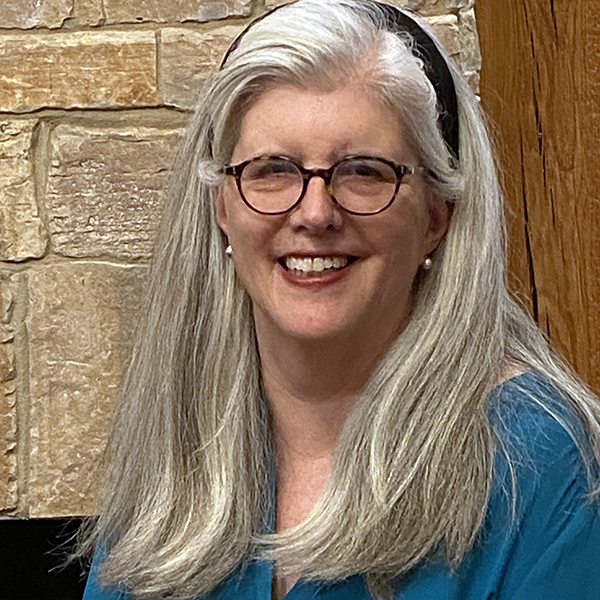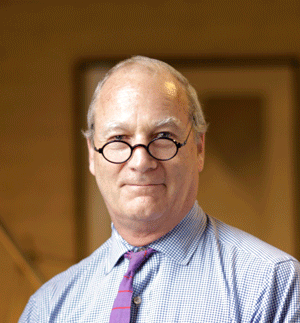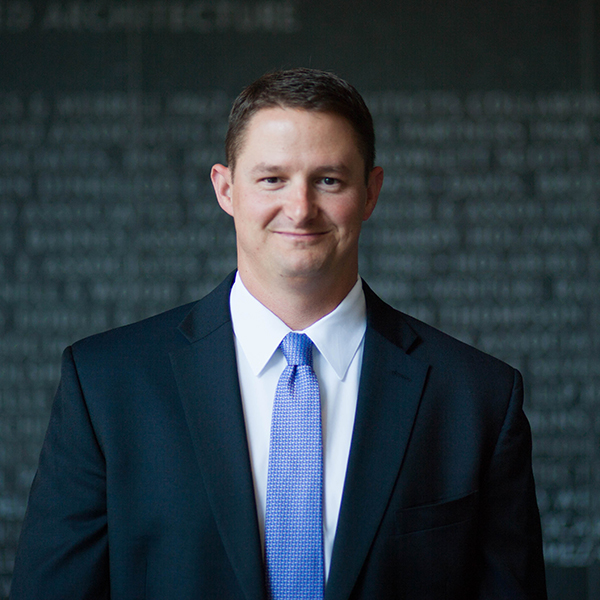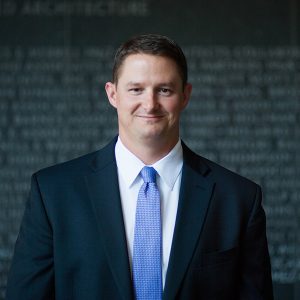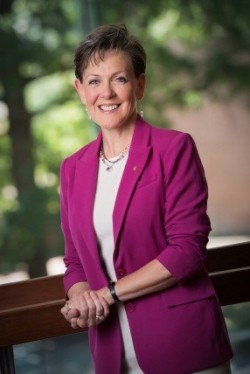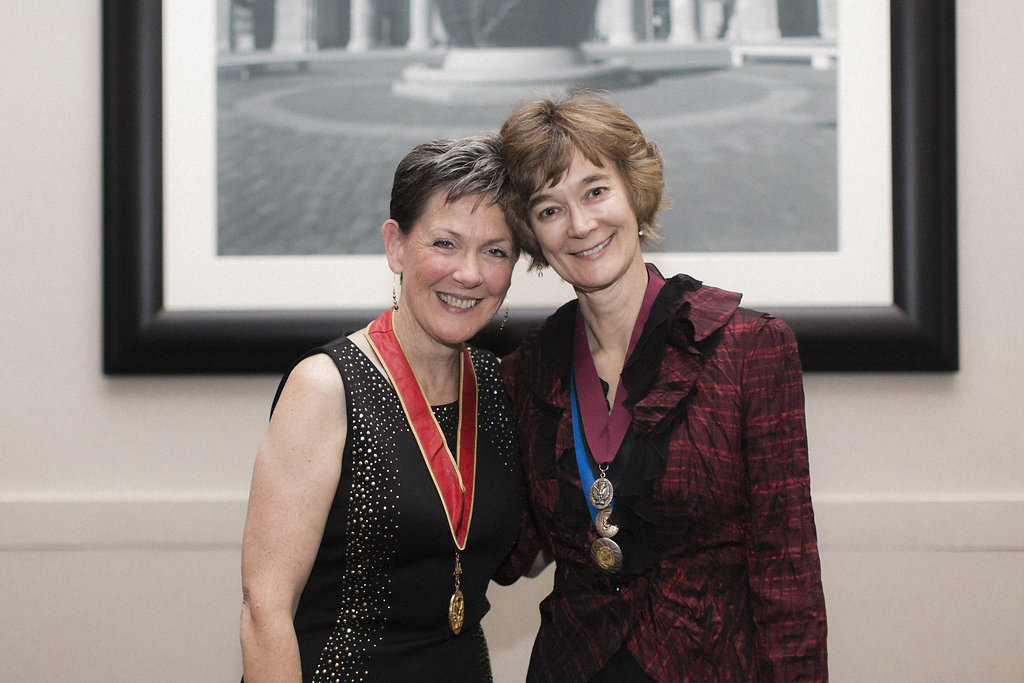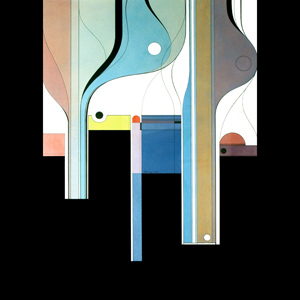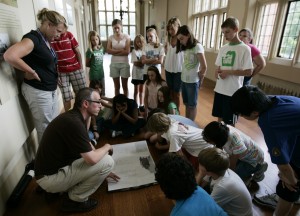Kathy is a founding member of Frazier Associates and is the Principal-in-Charge of architecture, urban design, and wayfinding projects. She is a certified Historical Architect with the U. S. Department of the Interior. Kathy’s extensive experience in historic preservation and community redevelopment projects includes adaptive reuse, facade rehabilitation, new construction in historic districts, design guidelines, streetscape, and corridor design, as well as town-wide signage and wayfinding programs.
Kathy has overseen the design services for the Virginia Main Street Program since its inception in 1986; it is an affiliate of the National Trust for Historic Preservation’s National Main Street Center. She also has extensive experience with historic tax credit and Community Development Block Grant funding mechanisms. Kathy’s experience and collaborative approach extend to the firm’s numerous local government clients as well as various private and state institutional, and educational clients.
Through the firm, her projects have won numerous awards, including those from the American Institute of Architects, Preservation Virginia, and previously the Preservation Alliance of Virginia, as well as numerous regional and local organizations. Her projects have also been featured in publications such as Traditional Building, Southern Living, Virginia Living and Urban Land Magazine and she has written various articles on downtown revitalization for the National Main Street Center publications. Kathy was recognized with the Distinguished Service Award from the Virginia Main Street Program. She also served two terms on the governor-appointed Virginia Art and Architectural Review Board.
Where did you go to college?
I started at Mary Baldwin College because I thought that I wanted to be an artist. They had a terrific small art department but in the process of taking many art history classes, I realized that architecture was my calling. I then transferred to The University of Virginia where I received my degree in architecture.
What does it take to be an architect?
I think it begins with a love for buildings and places as well as a dedication to learning and serving. Of course, one needs to be able to think three-dimensionally too! After graduating from college, I worked as a designer for the Historic Staunton Foundation as they started their effort to preserve and revitalize downtown Staunton. That experience started me on the path of working with property owners and helping them understand the unique history of their building, how to bring it back to life, and at the same time, boost their business and visibility in the community.
Was there an architect that particularly inspired you?
When at Mary Baldwin, I learned about a Washington D.C. architect, T. J. Collins who moved to Staunton in the late 19th century. The firm was still in operation until about 15 years ago and I did an internship there in 1976 and also worked there after graduating from the University of Virginia. At that time, the firm was run by T.J. Collins’ grandson, the sixth generation of builders/architects in the family.
Collins and his sons designed hundreds of buildings in Staunton and other communities in the Valley in every conceivable style of the period from Romanesque to Classical Revival. All the drawings still exist in Historic Staunton Foundation’s archives and many of the buildings survive as well. That experience really gave me an interest in historic preservation, and also I met my future husband, Bill Frazier, at the office in 1976 as he was doing his architectural history master’s thesis on T. J. Collins.
I also want to acknowledge Bruce Abbey, one of my professors at UVa. I had him for studio as well as lecture classes. He is the one who really sparked my thinking about contextualism and it guided my thinking on design in historic areas.
What are you currently reading?
One Summer: America, 1927 by Bill Bryson. A fascinating moment in our history when so much happened!
What’s the best meal you’ve ever had?
Every meal my husband, Bill cooks! That said, the most amazing surprise meal/restaurant was La Bernadin in New York City back in the late 1990s. It is still there today and is one of the best restaurants in the country. We found it simply by luck and oh my, what a meal.
Why do you volunteer with AIA?
Because it is important for the general public to understand what and how architects contribute to our communities. Everyone knows about the need to go to a lawyer or a doctor, but going to an architect somehow seems optional. It is always an interesting experience to work with communities and individuals who have never used an architect and see their understanding and appreciation grow for the profession. So, volunteering with AIA as well as with local non-profit organizations helps foster that link to society, and it helps to encourage more young people to join the profession! While it has been a long journey, it is so worthwhile and rewarding!

